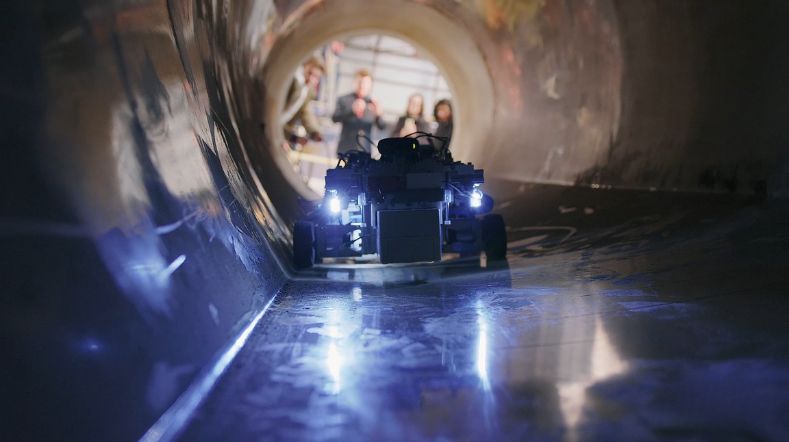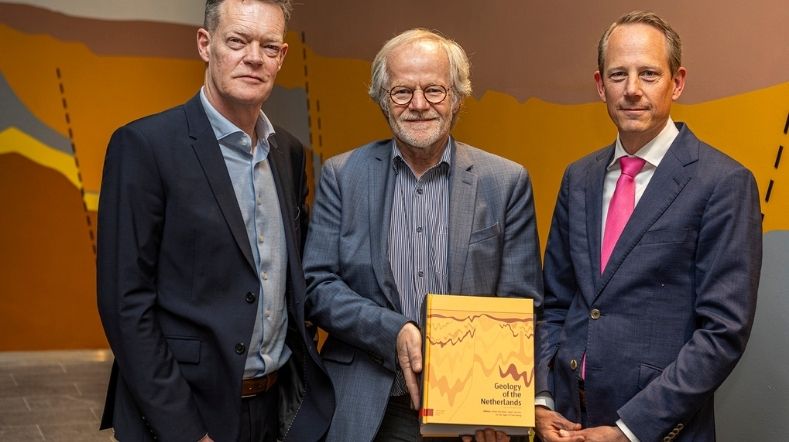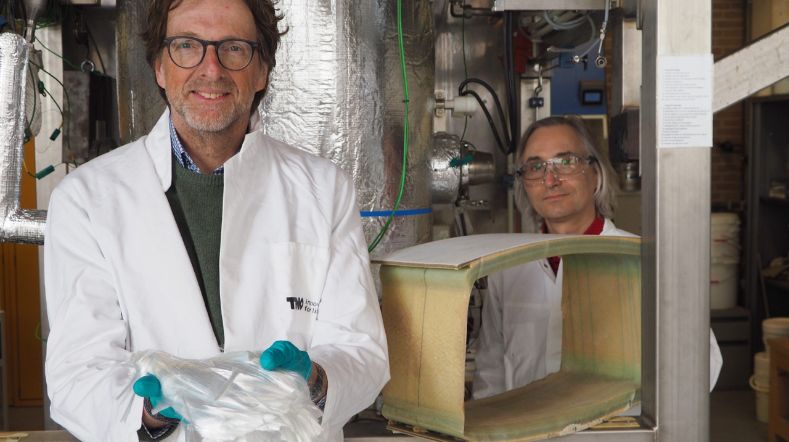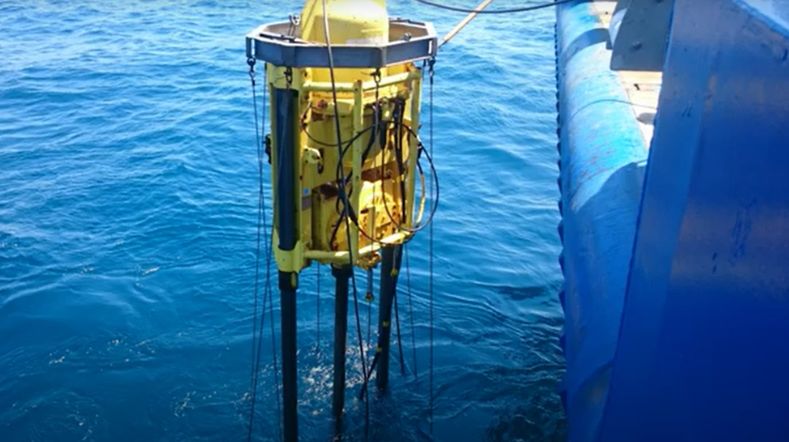
TNO develops detection system to protect cables and pipelines on seabed
TNO has developed a method to automatically detect maritime traffic in the vicinity of subsea infrastructure. Using redundant optical fibres in fibre-optic cables, also known as dark fibres, as sensors makes it possible to pick up vibrations from maritime traffic. TNO has successfully tested a method, which allows a large area along the path of cables and pipelines, to be monitored in order to prevent intentional or unintentional damage.
Vulnerable infrastructure
Our offshore cable and pipeline infrastructure is steadily growing, to meet our demand for energy and communication. Although we are very dependent on this infrastructure, recent events have shown just how vulnerable it is. Damage to cables and pipelines can pose a serious threat to our daily lives and currently there are no adequate systems in place that allow this infrastructure to be properly monitored and secured. Underwater, we are deaf and blind, so to speak.
Successfully tested using wind-farm power cable and telecommunication cable
Specialists with geophysical expertise (including earthquake detection) from the Geological Survey of the Netherlands (part of TNO) have conducted successful tests in the North Sea. Using a wind-farm power cable and a telecommunication cable that runs to the United Kingdom (more than 100 km long) as sensors, data was obtained and maritime traffic close to these cables was detected.
Diving into Seabed Security
The threat to our North Sea infrastructure is real and urgent. Vital infrastructure on the seafloor must be protected against sabotage and digital attacks.
Use of laser light
A device, (a DAS interrogator) connected to the end of the cables (on land) uses laser light to detect vibrations along the entire cable length, over very long distances. These vibrations can be caused by earthquakes, environmental noise, ocean waves or even the sounds of marine mammals, but also by maritime traffic.
By processing the data using an algorithm, it is possible for maritime traffic to be detected. Data from the automatic identification system (AIS) were used to verify the results. In the event of a mismatch between these data, the vibrations could be caused by a source outside the range of the AIS or a source that has its AIS turned off (intentionally or unintentionally). In the latter case in particular, an early warning can be automatically triggered to inform the relevant authorities of suspicious traffic.
Method developed by geologists and geophysicists
Traditionally, geophysicists at the Geological Survey of the Netherlands focus on acquiring and processing data to characterize the subsurface, monitor underground processes, and track seismic activity. In this field, researchers use ‘dark fibers’, among other methods, to detect and locate earthquakes. Following the attack on the Nord Stream pipelines, it was tested whether this method could also detect ships near the underwater infrastructure. The tests showed that this is indeed the case. By using dark fibers, shipping activity around sea cables was detected. This technique can thus make an important contribution to safety in the North Sea.
Visit the website of the Geological Survey of the Netherlands
Get inspired
Improving wind turbine maintenance with the sensor installation robot


Geology of the Netherlands: the wealth of knowledge under our feet


Project launched for recycling wind turbine blades


How fast did sea levels rise after the last ice age?


Unveiling the future of vapour detection technology



